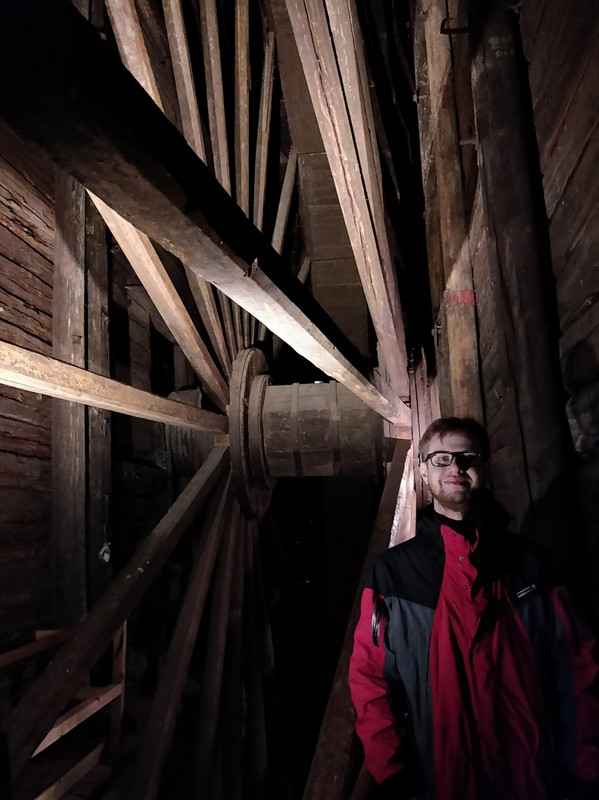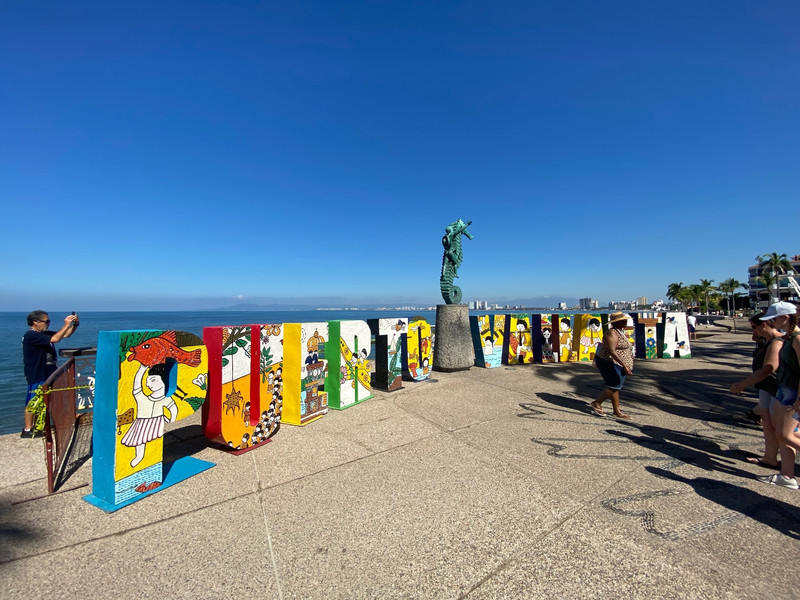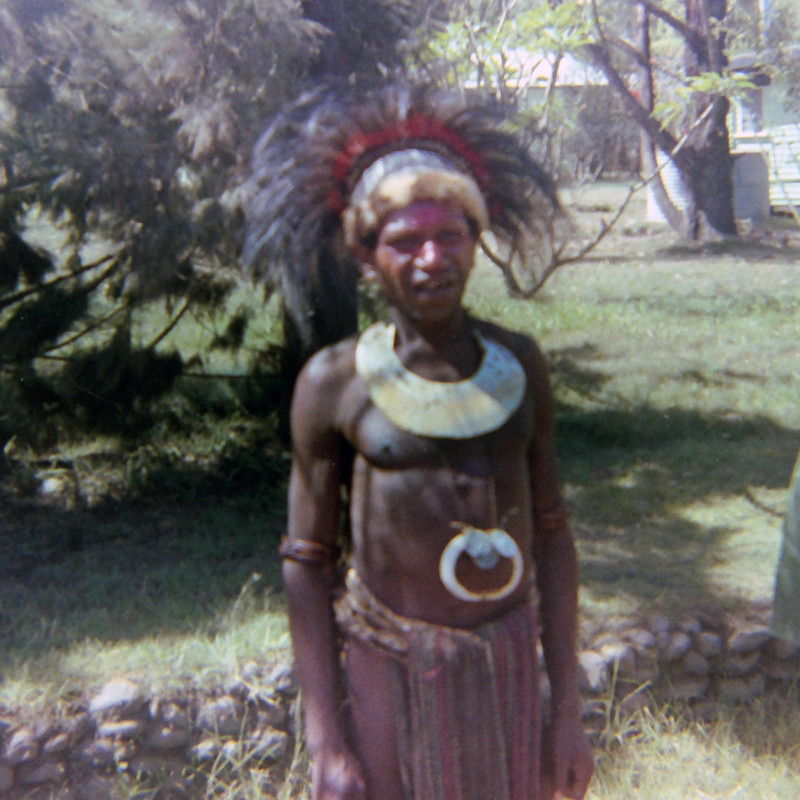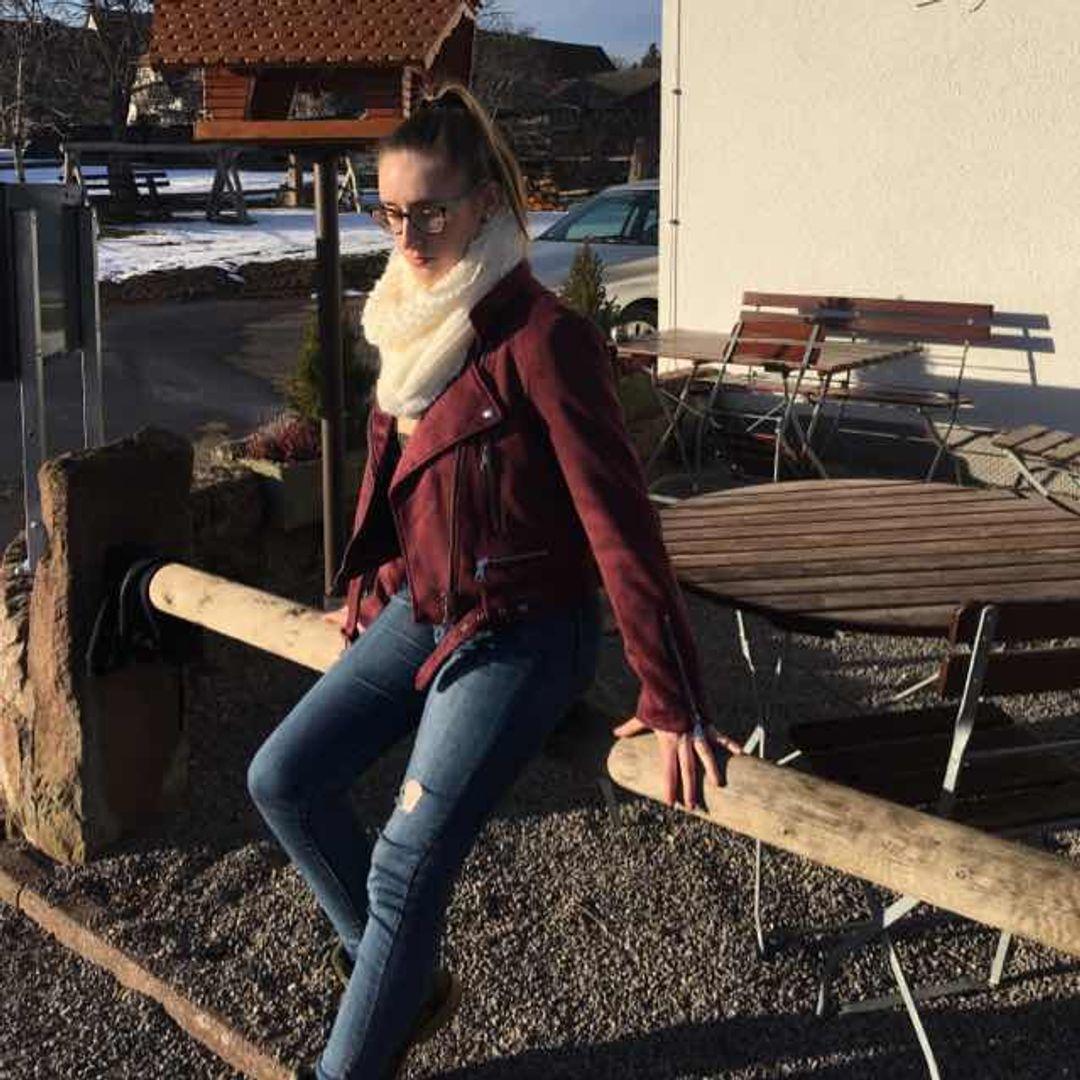Huge, wooden waterwheel. The work was used to drain the mine as well as to power other devices. Water was carried by an aqueduct from the nearby hills.
From the lapis lazuli mines in Afghanistan 8000 years ago, to rare earth elements mined in contemporary China, mining monopolies have played a crucial role in the development and wealth accumulation of entire regions. In XVII century a single mine in Sweden provided 2/3 of copper in Europe. The copper mine in Falun became the main source of for the Kingdom of Sweden and financed extremely expensive wars, which brought to the knees the most powerful countries of the era such as the Holy Roman Empire and
Despite the fact that copper was mined in Falun since X century, the peak was reached in XVII century, when up to 3000 tonnes a year of copper was mined. While this is a meager quantity for todays standards, back then it was an absolutely huge amount. This makes the whole experience quite unique. It offers an insight into a world we could live in, if no coal and oil existed. The world powered by water and animals on an industrial scale! Technologies that had been invented and then abandoned, superseded by a steam engine, electricity, and The world of the orc mines of Isengard.
The Falun mine was a hundred meters deep and required draining. First, to power the pumps, horses were used, but due to its sheer size, it was insufficient. An aqueduct was built, bringing water from nearby hills, and used to power a huge waterwheel. And thats only the beginning: one must somehow rely the generated work into the depths of the mine and possibly to other devices. Today we have the magic of electricity, pressurized air is also a good solution. Back then the only way was to transmit the work by constructing a series of mechanical relays. The circular motion of the waterwheel was transformed into the translational motion of two parallel rods, which were then connected to each other similarly to modern power lines.
In XVIII the mine lost its significance and the yield dropped, but the mine was closed only in 1992. In 2001 the mine was enlisted on the UNESCO heritage list. Nevertheless, the mine still produces the most popular and traditional pigment: the Falun red. Virtually every farmhouse and barn in Scandinavia is pained by the Falun red, making for the unique and very characteristic landscape. The intense
Obviously, there were and there are many more mines in Sweden. I would like to mention here the fantastic old silver mine in Sala, located 65km west of Uppsala. Considering what one can see underground, I think it is an even more interesting mine than the one in Falun. One can see and walk through a true maze of chambers, adits, and shafts hollowed in the course of a few centuries. Its even more impressive considering the method used for extraction. Wooden piles were built next to walls and the fire was lit. The heated rock cracked making it possible to crush it with hammers. The method was extremely and slow, since the spot, where the pile was lit, could only be accessed after a couple of days, while the rock would crack only a dozen or so centimeters deep.
The Sala mine offers much more interesting and varies tours: from the version light aimed at families with kids to a long marathon for true fanatics. I went for the marathon and I dont regret, because there was plenty of amazing things to see. What
is more, the ticket included a delicious hot lunch eaten in the depths of the mine. One should add here that due to some weird reasons the mine is very cold. The temperature does not exceed 5C and in some places one could see snow patches. Furthermore, a large number of shafts, which used to help with ventilation, makes it quite windy. Nevertheless, the Sala mine is definitely worth a visit, although a long tour may be sufficient for most.
At the end I would like to mention a rather uninteresting place with a huge importance for the history of chemistry.









